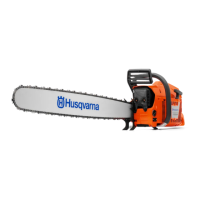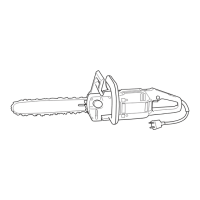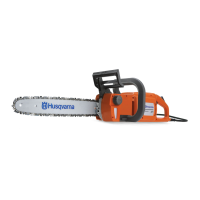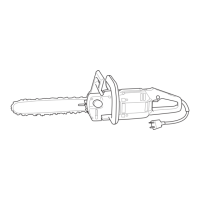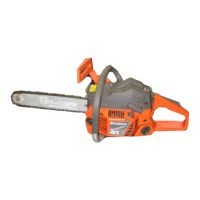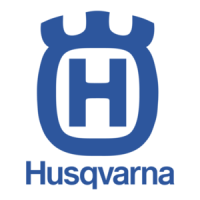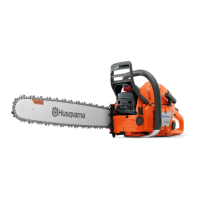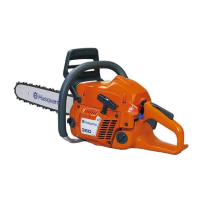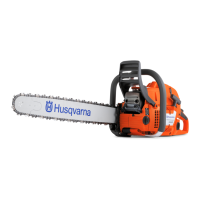Why does my Husqvarna 3120XP Chainsaw engine not start?
- AAndrea WeaverJul 26, 2025
If your Husqvarna Chainsaw engine doesn't start, several factors could be at play. First, the starter pawls might be blocked; try cleaning around them or adjusting/replacing them. If that doesn't work, ensure you're using the correct fuel type by draining the tank and refilling it. A dirty or wet spark plug can also prevent starting, so dry and clean it. Also, verify that the electrode gap is correct and the spark plug is properly tightened. Lastly, if the engine is flooded due to repeated starts with full choke, remove and clean the spark plug, lay the chainsaw on its side with the spark plug hole facing away, and pull the starter rope 6-8 times before reassembling and attempting to start.



